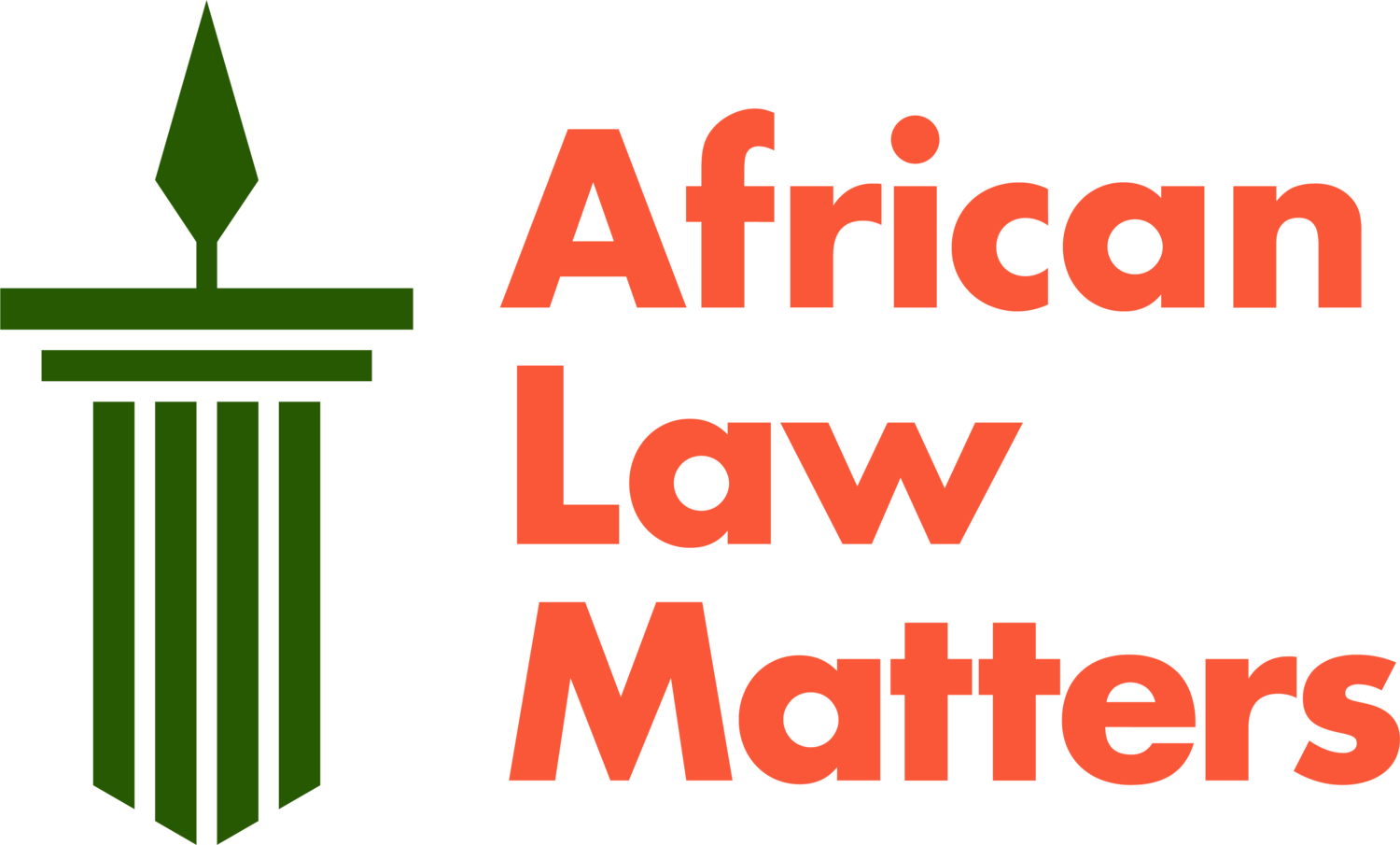Public Participation in Kenya: What is it?
"Kenyans Voting" by Antony Njenga is licensed under Creative Commons by 2.0.
Editors’ Note: This post constitutes part of a blog series on the Building Bridges Initiative (BBI) in Kenya, through which President Uhuru Kenyatta attempted to introduce the Constitution of Kenya (Amendment) Bill, 2020. Among the various reforms proposed therein, the bill introduced a new post of Prime Minister which, it has been speculated, is a role that President Kenyatta could seek should he lose the presidency. The bill was opposed on the basis of its constitutional validity and traversed the Kenyan courts, finally reaching the Supreme Court. A split bench of the Supreme Court held that the bill was irregular and unlawful because the constitutional requirement of public participation was not satisfied through the process of the bill’s introduction. This series seeks to provide a global perspective on the significance of the Kenyan Supreme Court’s judgment, and features contributions from legal experts and practitioners reflecting on the judgment and its implications for Kenya’s legal landscape. The series is being sponsored and organised jointly with the ICONnect blog, and all posts will appear on both blogs.
The BBI case had the Kenyan public riveted, from the point of its initiation at the High Court of Kenya through to the Court of Appeal and onwards onto the Supreme Court. Notably, there was a split outcome in the Supreme Court’s judgment as to whether the impugned Constitution of Kenya (Amendment) Bill 2020 (“the BBI Bill”) had been subjected to public participation.
A majority of four ruled that there had been public participation, but three judges disagreed with this premise, namely Deputy Chief Justice Philomena Mwilu, Justice Mohammed Ibrahim, and Justice Smokin Wanjala. The difference of opinion is interesting in a country where several pieces of legislation have been declared unconstitutional and the actions of institutions, offices and public officers nullified and censured for failure to facilitate public participation.
This disagreement invites close analysis of the varied opinions of the judges across the vertical hierarchy of the courts and in the case of the Court of Appeal and the Supreme Court the judges sitting on the same bench. What then is public participation?
What is the law on public participation?
The requirement for public participation in public processes is articulated by various Articles of the Constitution of Kenya. These include Article 10 on the National Values and Principles of Governance that identifies participation of the people as an imperative whenever any state organs, state officers, public officers and all persons apply or interpret the Constitution, enact, apply or interpret any law, and make or implement public policy decisions.
According to the Fifth Schedule of the Constitution, all legislation required to animate the Constitution was to be passed within five years. To date — over a decade since the promulgation of the Constitution — the Kenyan Parliament has yet to pass a law on public participation. There is currently a Bill on public participation in the Senate that was initiated in March 2018, but this is likely to lapse due to effluxion of time in the same way that two Bills on public participation lapsed in the National Assembly.
Thus the parameters for public participation in Kenya remain the principles established by the Court of Appeal in Kiambu County Government & 3 others v Robert N. Gakuru & Others. The applicants in this case had appealed against the decision of the High Court to strike out the Kiambu Finance Act 2013 for want of public participation, thus rendering it null and void.
Based on a reading of the case, the following can be extracted as the elements comprising public participation: it must be real and not illusory; the spirit of public participation must be attained both quantitatively and qualitatively; as many fora and focal points as are known to be the way and places that the public communicate and converge must be utilised for the prior dissemination of information pertaining to the intended action and the opportunities for public participation; access to information and the facilitation of learning and understanding so that the involvement of ordinary citizens is meaningful; the creation of conditions that are enabling of the effective exercise by citizens of their right to participate in the process of law-making; and the employment and deployment of all reasonable measures by the relevant duty bearers to facilitate the involvement by the public and to secure their participation taking into account the peculiarities of each given circumstance.
The foregoing principles were reinforced by no less the Supreme Court in the case of British American Tobacco Kenya, PLC (formerly British American Tobacco Kenya Limited) v. Cabinet Secretary for the Ministry of Health & 2 Others.
In their consideration of Bills, Kenya’s Parliamentary committees have developed a practice requiring a log that comprehensively demonstrates the execution of public participation preceding the generation of the initial draft of a Bill or regulation. Clearly, while this practice is in compliance with constitutional requirements and case law, it is also a response to the fate that several Bills have suffered in the courts for lack of public participation.
In similar vein, ministries, departments and agencies at both national and county levels of governance, as well as constitutional commissions and offices, have followed suit with similar versions of their own templates that evince public participation.
“In the absence of a specific law defining public participation in Kenya, the courts have stepped in and given life to the meaning of public participation and defined its components.”
What did the judges of the Supreme Court say in the BBI case?
To their credit, all the judges of the Supreme Court spent considerable time deliberating on the question whether public participation took place or not.
Based on her application of the reasonableness of notice and opportunity test, Chief Justice Martha Koome found there had been public participation based on the processes leading up to the development of the BBI Taskforce Report and that of the Steering Committee. She however found that the subsequent addition of a second schedule for which there was no evidence of public participation failed the test of reasonable public participation.
Justice William Ouko found that whether or not public participation took place is a matter of evidence with the burden of proof lying with the party who affirms. In his view, there was no evidence provided to rebut the allegations of public participation having taken place, but he agreed with the Chief Justice’s holding expressed above on the Second Schedule.
Justice Njoki Ndungu considered this question premature. In her view, the requirement for public participation had not yet kicked in since the constitutional amendment process had not formally started.
Justice Isaac Lenaola similarly found that the question of whether or not there had been public participation was premature, with the High Court having truncated the progression of the process. In his view, the step of collecting signatures for submission to the Independent Electoral and Boundaries Commission did not amount to a part of a process which at that point would have required public participation, and thus he was unable to find a justifiable reason for making any determination of the issue. However, Justice Lenaola agreed with the Chief Justice and Justice Ouko’s findings that the second schedule containing the list of proposed additional constituencies was unconstitutional for not having been subjected to public participation.
The above analysis reveals a clear anomaly: Justice Njoki Ndungu and Justice Lenaola opined that the requirement for public participation had not kicked in at the stage at which they evaluated the case thus obviating the need for an enquiry into the same; while Chief Justice and Justice Ouko proceeded to evaluate the evidence before them, reaching the clear determination that public participation did take place. Evidently this divergence emerges from the different premises adopted by the respective judges and it is curious that Justices Ndungu and Lenaola’s views are counted along with the two judges who concluded there was public participation.
On the other hand, Deputy Chief Justice Philomena Mwilu found that at all material stages during the process where public participation was required, none took place.
Justice Mohammed Ibrahim opined that the test of public participation had not been met because the text of the Amendment Bill, which had been printed in English and published on the internet, was not accessible to the majority of Kenyans both in language and in the format published.
Justice Smokin Wanjala found that the test of public participation had not been met because, beyond mere assertion by the Co-Chair of the BBI National Secretariat that public consultations had been undertaken widely, the Bill did not provide the form, nature and content of the said consultations.
What is the problem?
In the absence of a specific law defining public participation in Kenya, the courts have stepped in and given life to the meaning of public participation and defined its components. Of course, the difference in opinion within and between the respective courts as to whether public participation took place must be viewed against the background of all relevant facts and circumstances concerning the development of the BBI Bill and its progression through to Parliament. However, it must be said that the divergence in the application of these tests, by the very courts that developed them, raises questions about their utility for determining the sufficiency and adequacy of public involvement and engagement in legislative and other public governance processes.
Several of the judges acknowledged the lack of a law on public participation and the urgent need for one. However, the divergence of opinions in interpretation and orientation calls for a thorough review of the Public Participation Bill 2019, if it is progressed, or the fresh commencement of a process to ensure that such a law would cogently define the scope, character and nuances of public participation in Kenya.
What are the “must haves” of a Bill to legislate on public participation in Kenya?
Following the contestation in the courts as outlined above, the Bill must be prescriptive about precisely what amounts to public participation; it must stipulate the evidentiary requirements that can attest to public participation; and must provide specific guidance relevant to the various contexts where public participation must be undertaken such as processes for the amendment of the Constitution of Kenya.


